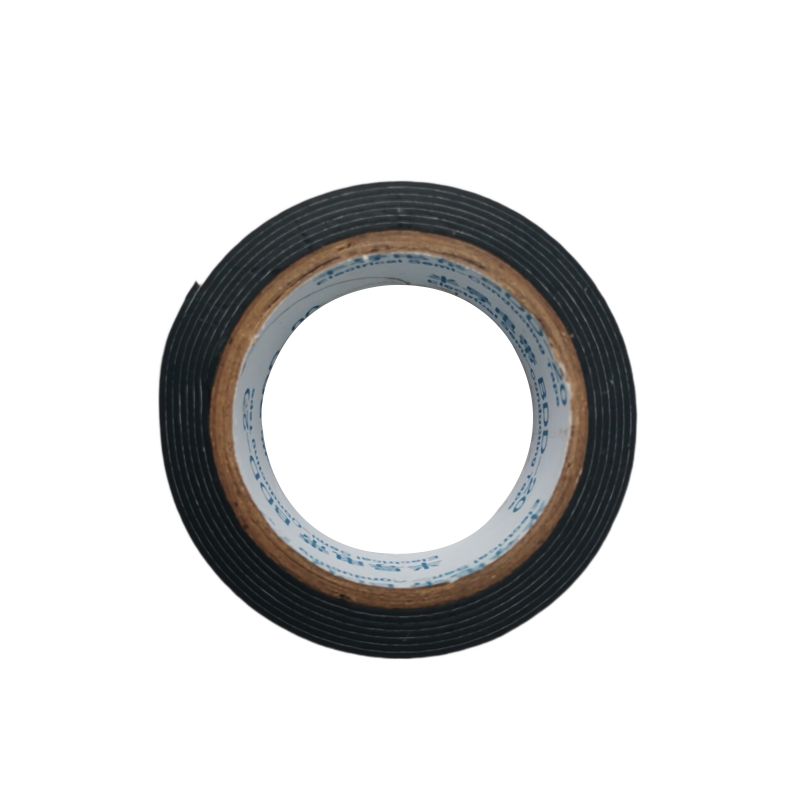The Importance of Hazard Tape for Floor Marking
In any commercial or industrial environment, safety should always be a top priority. One essential tool that plays a crucial role in enhancing workplace safety is hazard tape. Often overlooked, hazard tape is a simple yet effective solution for marking floors, guiding movement, and preventing accidents. This article explores the significance of hazard tape for floor marking, its various uses, and how to properly implement it in different settings.
What is Hazard Tape?
Hazard tape, often referred to as caution tape or safety tape, is a high-visibility adhesive tape used for marking areas of concern or potential danger. Typically made from durable materials such as vinyl or polyethylene, this tape comes in various colors and patterns, often featuring bright colors like yellow, red, or black to catch the eye and convey warnings effectively. The primary purpose of hazard tape is to delineate passages or areas that require caution, thereby reducing the risk of accidents.
Uses of Hazard Tape in Various Settings
1. Industrial Facilities In factories or warehouse settings, hazard tape is essential for marking specific walkways, storage areas, and hazardous zones. For instance, dangerous machinery can be bordered with red and white hazard tape to restrict access. This makes it clear where employees should and should not walk, thus reducing the likelihood of accidents.
2. Construction Sites Construction sites are inherently hazardous environments. Using hazard tape to mark off dangerous areas such as unfinished structures or deep excavations alerts workers and passersby to potential risks. Brightly colored tape can effectively communicate the need for caution and ensure that safety protocols are adhered to during the course of a project.
3. Healthcare Settings In hospitals and clinics, hazard tape is utilized to ensure the safety of both patients and staff. For example, marking areas that require sterile conditions with specific colors can help maintain cleanliness and prevent contamination. Additionally, indicating emergency evacuation routes with distinct hazard tape guides people to safety during unexpected situations.
4. Public Spaces In places such as shopping malls, airports, and sports venues, hazard tape can direct foot traffic, preventing crowding in undesired areas. Whether outlining sections for social distancing or marking emergency exits, this tape provides clear visual cues that enhance overall public safety.
hazard tape for floor

Implementing Hazard Tape Effectively
To achieve the maximum benefit from hazard tape, it is essential to implement it correctly. Here are some tips for effective use
1. Choose the Right Type Different environments might require different types of hazard tape. Consider factors such as the surface material, the expected foot traffic, and the environmental conditions (like exposure to water or chemicals) when selecting the tape.
2. Clear Marking Ensure that the tape is applied to create clear and obvious boundaries. For safety, it’s important that the colors and patterns used are recognizable and easily understood. Consistency in color coding can help employees and visitors quickly identify hazards.
3. Regular Maintenance Periodically check the condition of hazard tape. If it starts to wear out or peel off, it can lose its effectiveness. Replacing damaged tape promptly is crucial to maintaining safety standards.
4. Educate Staff and Visitors Raise awareness about the meaning of different colors and patterns of hazard tape. Training employees and informing visitors can prevent confusion and enhance overall safety.
Conclusion
In conclusion, hazard tape is a critical tool for promoting safety in various environments. Its effectiveness in marking hazardous areas and guiding movement cannot be overstated. By implementing hazard tape thoughtfully and ensuring that all staff and visitors understand its importance, organizations can significantly reduce the risk of accidents. Safety is a shared responsibility, and incorporating simple measures like hazard tape can lead to a safer, more organized workplace or public area. As we continue to prioritize health and safety, the role of hazard tape remains indispensable.
-
XIANGFAN Rubber Tape-Ultimate Solutions for All Your Insulation NeedsNewsJun.24,2025
-
XIANGFAN Rubber Tape-Protection for Industrial and Residential ApplicationsNewsJun.24,2025
-
XIANGFAN Rubber Tape: Superior Safety and Sealing for Demanding EnvironmentsNewsJun.24,2025
-
XIANGFAN Rubber Tape: Reliable Solutions for Every Electrical ChallengeNewsJun.24,2025
-
XIANGFAN Electrical & Industrial Tape: Powering Reliability Across IndustriesNewsJun.24,2025
-
XIANGFAN Electrical & Industrial Tape: Excellence in Every ApplicationNewsJun.24,2025
